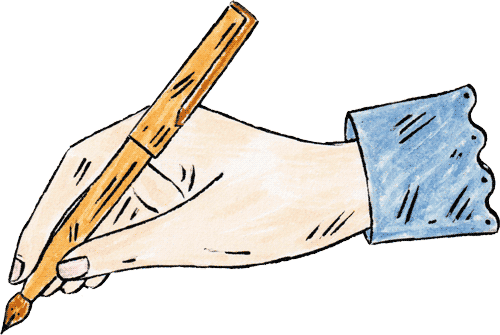Bruegel to Rubens: Great Flemish Drawings at the Ashmolean
For any of you art-minded readers traveling to London this spring, you may want to include a quick hour train ride out to Oxford. The just-opened exhibit, Bruegel to Rubens: Great Flemish Drawings, at the esteemed Ashmolean Museum, the University of Oxford’s museum of art and archaeology, has brought together over 100 exceptional Flemish drawings from the 16th and 17th centuries, many of which are rarely seen in public. Over thirty are being displayed for the first time ever, including some which have only recently been discovered.

Founded in 1683, the Ashmolean was Britain’s first museum and the world’s first university museum. From Egyptian mummies to modern Chinese paintings, the museum contains impressive, wide ranging collections that help tell human stories across cultures and eras.
From studies for later paintings to quick sketches to “friendship sheets,” gifts exchanged between artists (Joris Hoefnagel’s 1593 drawing for cartographer friend Abraham Ortelius, below), the drawings in the exhibit, offer glimpses into both the artists’ creative processes as well as the earthy everyday 16th and 17th c. Flemish life.


